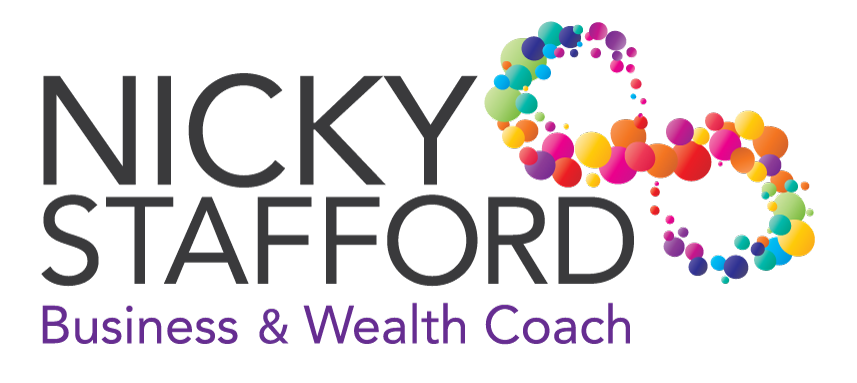If you keep an ear out on the investment world, you will hear a lot said about risk. But many people do not really understand risk, so this week, as something of an antidote to the politics dominating the airwaves, we thought we would spend some time talking about it.
Most of us understand risk to be associated with bad things – like losing money! While some people in the world of academia quibble about this simplistic definition, it is actually the one that makes the most sense. Financial risk is the prospect that you will turn out poorer than you could have.
In money management, there are actually two major types of bad thing that may happen when we choose what to do with our money (which, by the way, is always some form of investment, even it money is just held in a standard savings account). The first type of bad is pretty straightforward: our investment might lose some or all of its value. We might, for example, buy some shares for $10,000 only to see their value fall to $9,500 soon after. Ouch!
The second type of bad thing is a little less obvious. It is the chance that we might make an investment that does less well than another available investment would have. Some people, such as Howard Marks, refer to this as ‘opportunity risk.’ For example, if I have $10,000 to invest, and I decide to place it into a term deposit in which there is little chance of losing money, that might seem like a ‘low-risk’ move. But because I have committed my money to the term deposit, I cannot also invest it in a share portfolio. If the value of the share portfolio that I might have bought goes up, then I have missed the opportunity to make money in the share market. Sometimes, not losing money can mean not making money, either.
These two types of risk have one thing in common. They both spring from the fact that we do not know the future. The future is full of possible outcomes, only one of which will actually occur. Elroy Dimson put it well when he said that “risk means more things can happen than will happen.” As investors, we need to make a decision about what to do today when we do not know which if an endless stream of possibilities will actually happen in the future. That means we can always make what turns out to be a mistake. If I put my $10,000 into a term deposit, and the share market falls 5% tomorrow, I have done really well – I still have my $10,000. But if the share market rises 5% tomorrow, then I could have turned my $10,000 into $10,500. I have done poorly.
Whether today’s decision turns out to be correct or a mistake depends on what happens in the future. And because no one knows the future, we have risk.
The great news is that there are things we can do to prepare ourselves for an unknown future. Risk can be managed. The best way to do that is to think about the consequences for us if the future turns against us. For example, if my $10,000 is being saved for a home deposit, then I will be particularly devastated if I lose $500 investing in the stock market – it will be make buying a home that much harder. So, my priority is to not lose money and if that means I miss the opportunity to make $500, that is OK.
But if I already own a home, three investment properties, a huge super fund and I have grown up kids, then losing some of my $10,000 will not be so devastating. I can afford to ‘take more risk’ with my investments – which is to say, I can afford to expose myself to a wider range of potential outcomes.
Good financial planning is all about risk management. It is about helping clients to properly understand the potential negative consequences of their decisions, so that they can work to minimize those consequences. That is where we as advisers best add value: helping our clients to understand their personal risks – and then chart a course to minimize them.






